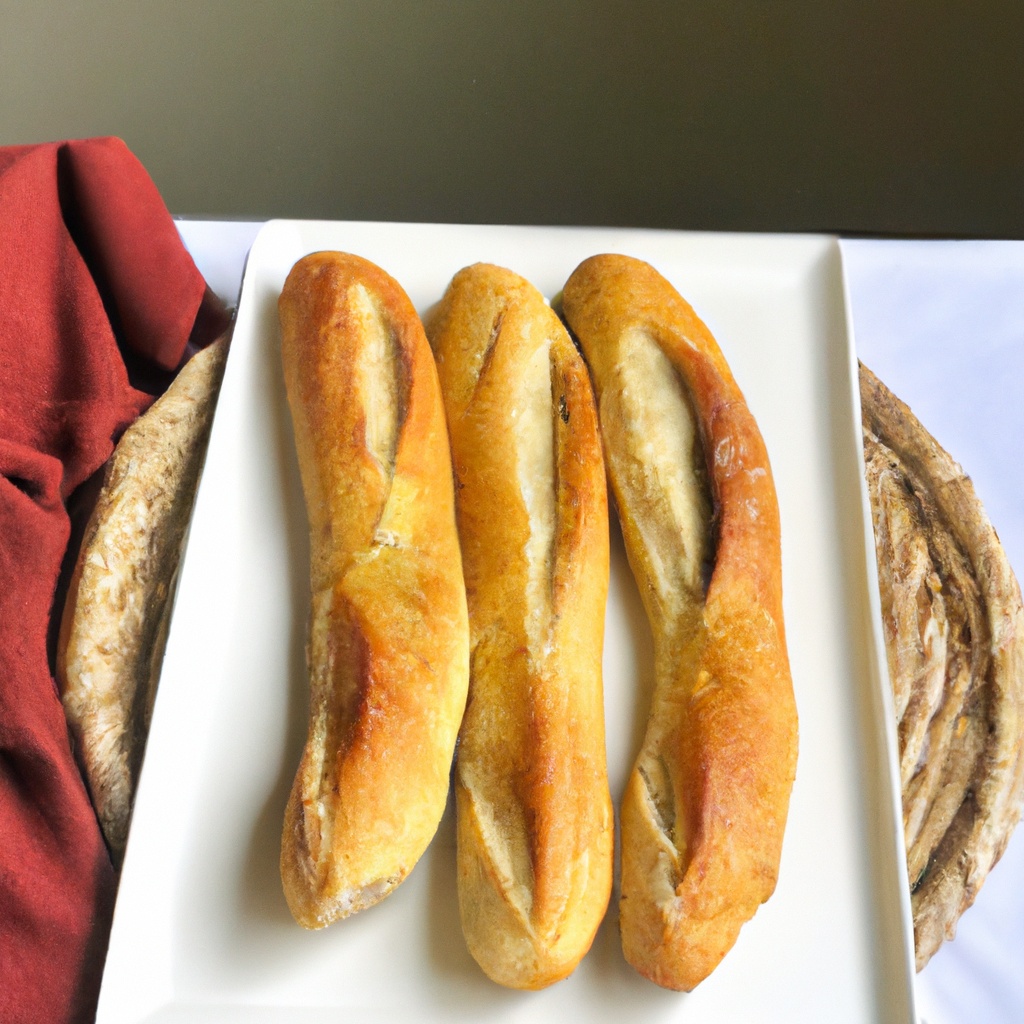PROS
French baguette is a classic bread that is simple, yet delicious.
This recipe is easy to follow and yields crispy crust with a soft interior.
Baguette can be served with a variety of dishes and are great for sandwiches.
CONS
This bread can be dry if not eaten fresh and lacks the nutritional value of whole-grain breads.
It is high in carbohydrates and can be a source of empty calories if eaten in large quantities.
HEALTH & BENEFITS
While this bread does not have much nutritional value, it is a good source of dietary carbohydrates which can help to provide energy. The fermentation process used to make the poolish also improves digestibility and may increase the bioavailability of some nutrients.



/rating_off.png)
Leave a Reply